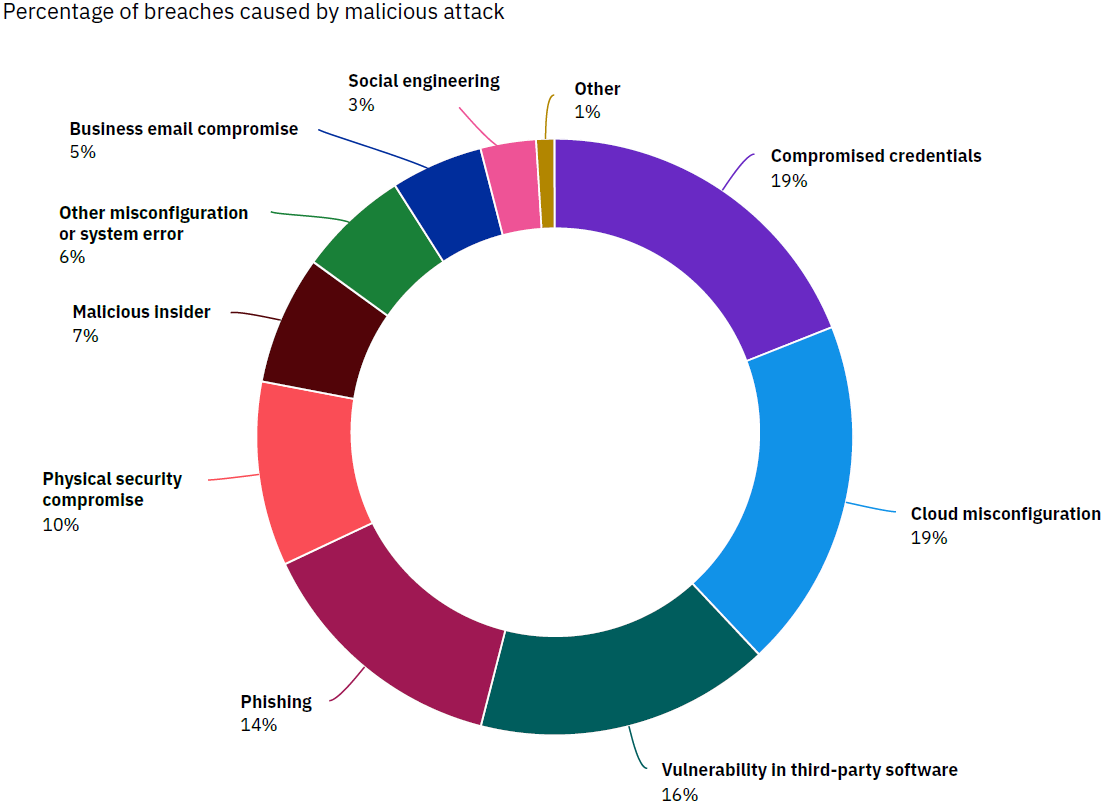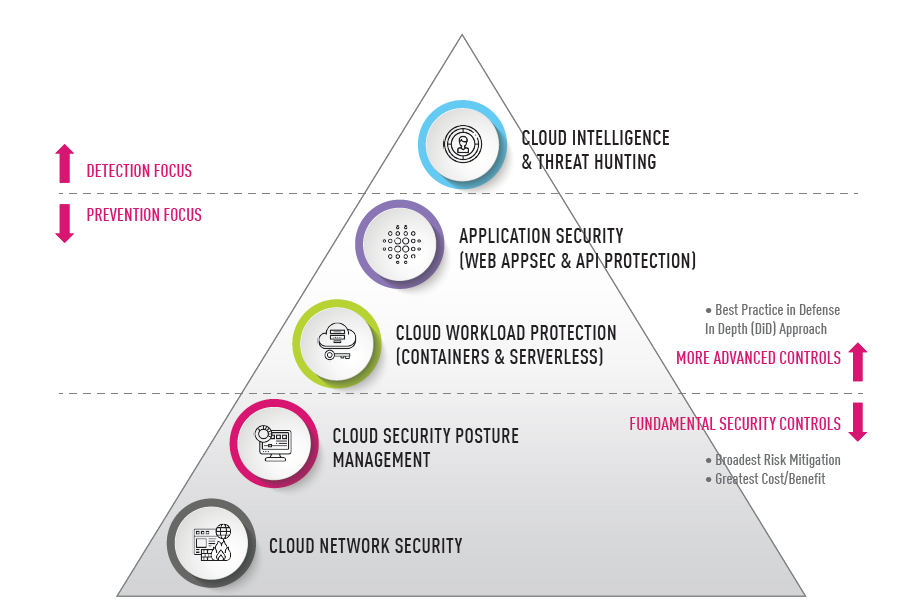 Chris Georgiou
Presales Specialist at Dicker Data
Chris Georgiou
Presales Specialist at Dicker Data
With the increasing adoption of cloud platforms, quite a considerable number of businesses have made the move to the cloud. Whether moving complete processes to the cloud or a hybrid solution, the security architecture that used to be valid for on prem, is no longer a viable solution that can be applied to a cloud model. The increased use of the cloud demands an increased level of security, especially in technologies that secure workloads, containers, and serverless applications on multi- and hybrid-cloud environments.
Hosting providers offer their own security solutions, and this has improved over the years, but is it at the level that this alone is sufficient to protect, assess and mitigate the most advanced threats we’re seeing recently? Most organisations who consider security a pre-requisite, procure solutions from reputable security vendors to protect and continually assess their environments.
Check Point Research has revealed a staggering 168% year on year increase in the number of cyberattacks in the APAC region.
Cyber Attacks are becoming more frequent, and they’re becoming considerably more sophisticated than ever before.
Many vectors are used for threats to attack, but the 2 leading vectors that enable the greatest number of breaches that stand out in cloud platforms are Compromised Accounts and Cloud Misconfigurations, followed by Vulnerabilities.

Cloud Security and Compliance requirements generate a great number of challenges, all which can expose the platform to cyber threats if not attended to. Challenges such as configuration drift, misconfigurations, shared responsibility models, ever changing workloads, and minimal visibility across the platform or platforms is the challenge administrators are facing in this modern world of the cloud.
Recent attacks we’ve all heard about the crippling ransomware that hit JBS meat supplies worldwide. The fuel delivery supply chain in the US crippled by ransomware. Another one that you may not be aware is Channel 9 in Sydney.
Ransomware and other catastrophic threats expose data breaches. In 2020 there were over 30 billion records exposed in data breaches. This was noted as more than the total of the previous 15 years combined.
A crucial element of cloud security is focused on protecting business assets, whether it’s confidential data, identities, financial records, etc.

The Figure above illustrates the kind of multilayered, yet unified, cloud security platform that organisations should put in place to protect their cloud deployments and ensure a robust cloud security posture.
There are many products that assist in securing cloud environments using reputable security vendors’ solutions. Administrators are presented with challenges every day to secure cloud platforms. Some of the challenges include Posture Management, zero day threat prevention, vulnerability protection, complete visibility across platforms, data compliance, and many more. Implementing strategies around Risk Assessment, Governance, Business Resilience, and using tools to assist with Identity Awareness, MFA, ZTNA, XDR is becoming the new normal for Cloud platforms.
Below are some best practices to be taken as an action checklist to improve your security posture:
Organisations should consider assessing their postures often with Cloud Security Posture Management and approaching the task of strengthening their cloud security postures as an ongoing process.
For more information or assistance contact Dicker Data’s Software Security team: cyber.security@dickerdata.com.au. You can learn more on about our security solutions here.

17 December, 2025 - 9 min read
As 2025 draws to a close, we’ve taken a moment to reflect on the... Read more

12 December, 2025 - 5 min read
We were thrilled to host the third edition of the Dicker Data... Read more

10 December, 2025 - 2 min read
In today’s fast-paced, AI-driven world, your customer's... Read more
Subscribe to the Dicker Data blog
for regular updates and insights

Dicker Data (ASX: DDR) is an Australian owned and operated, ASX listed hardware distributor with over 46 years experience. Our dedicated sales and presales teams are comprised of experienced product specialists who are focused on using their in-depth knowledge to help customers tailor solutions to suit their client’s needs.
Phone: 1800 688 586
Email: sales@dickerdata.com.au